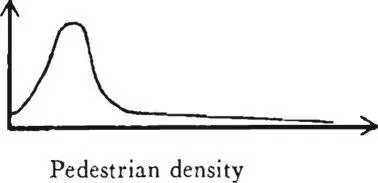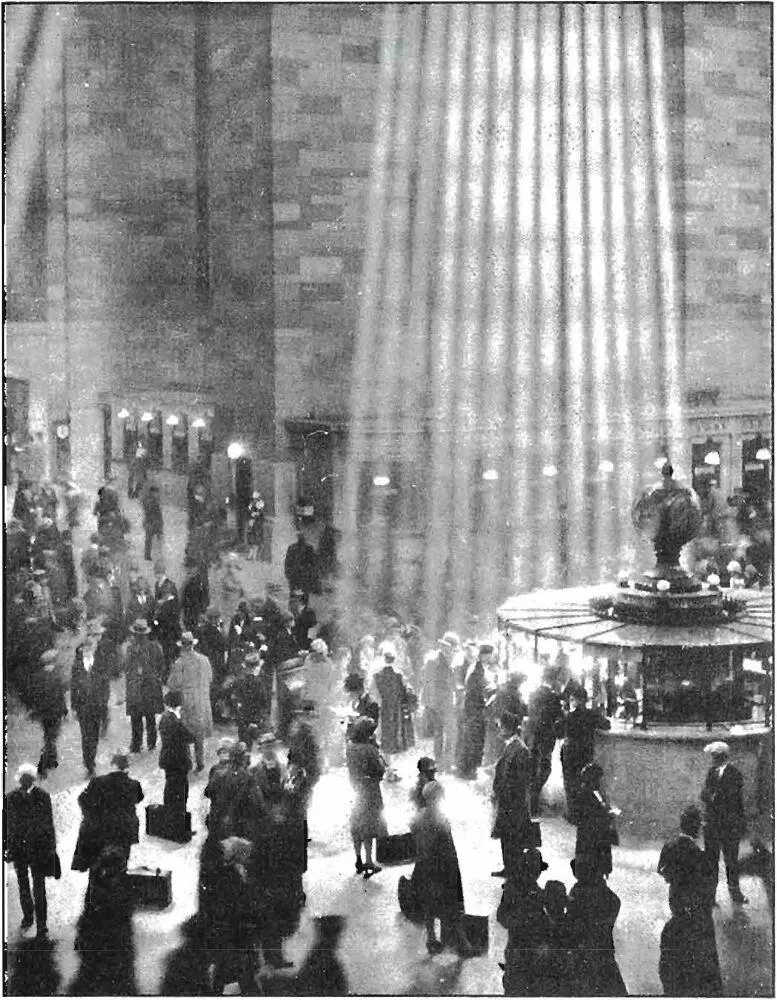Christopher alexander - A pattern language
Здесь есть возможность читать онлайн «Christopher alexander - A pattern language» весь текст электронной книги совершенно бесплатно (целиком полную версию без сокращений). В некоторых случаях можно слушать аудио, скачать через торрент в формате fb2 и присутствует краткое содержание. Жанр: Прочая научная литература, на английском языке. Описание произведения, (предисловие) а так же отзывы посетителей доступны на портале библиотеки ЛибКат.
- Название:A pattern language
- Автор:
- Жанр:
- Год:неизвестен
- ISBN:нет данных
- Рейтинг книги:3 / 5. Голосов: 1
-
Избранное:Добавить в избранное
- Отзывы:
-
Ваша оценка:
- 60
- 1
- 2
- 3
- 4
- 5
A pattern language: краткое содержание, описание и аннотация
Предлагаем к чтению аннотацию, описание, краткое содержание или предисловие (зависит от того, что написал сам автор книги «A pattern language»). Если вы не нашли необходимую информацию о книге — напишите в комментариях, мы постараемся отыскать её.
A pattern language — читать онлайн бесплатно полную книгу (весь текст) целиком
Ниже представлен текст книги, разбитый по страницам. Система сохранения места последней прочитанной страницы, позволяет с удобством читать онлайн бесплатно книгу «A pattern language», без необходимости каждый раз заново искать на чём Вы остановились. Поставьте закладку, и сможете в любой момент перейти на страницу, на которой закончили чтение.
Интервал:
Закладка:
| No. of crimes |
|---|
 |
| Isolated night sfots invite crime. |
6. It is difficult to estimate the exact number of night spots that need to be grouped to create a sense of night life. From observation, we guess that it takes about six, minimum.
7. On the other hand, massive evening centers, combining evening services which a person could not possibly use on the same night, are alienating. For example, in New York the Lincoln Center for the Performing Arts makes a big splash at night, but it makes no sense. No one is going to the ballet and the theater and a concert during one night on the town. And centralizing these places robs the city as a whole of several centers of night life.
181
All these arguments together suggest small, scattered centers of mutually enlivening night spots, the services grouped to form cheery squares, with lights and places to loiter, where people can spend several hours in an interesting way. Here are some examples of small groups of mutually sustaining night activities.
A movie theater, a restaurant and a bar, and a bookstore open till midnight; a smoke shop.
A laundromat, liquor store and cafe; and a meeting hall and beer hall.
Lodge hall, bowling alley, bar, playhouse.
A terminal, a diner, hotels, nightclubs, casinos.
Therefore:
Knit together shops, amusements, and services which are open at night, along with hotels, bars, and all-night diners to form centers of night life: well-lit, safe, and lively places that increase the intensity of pedestrian activity at night by drawing all the people who are out at night to the same few spots in the town. Encourage these evening centers to distribute themselves evenly across the town.
 |
| •£* |
Treat the physical layout of the night life area exactly like any other activity node (30), except that all of its establishments are open at night. The evening establishments might include LOCAL TOWN HALL (44), CARNIVAL (58), DANCING IN THE STREET (63), STREET CAFE (88), BEER HALL (90), TRAVELER^ INN (9I ) . . . .
182
| 34 INTERCHANGE |
|---|
 |
183
. . . this pattern defines the points which generate the web of public transportation (16). It also helps to complete local transport areas (ii) by guaranteeing the possibility of interchanges at the center of each transport area, where people can change from their bikes, or local mini-buses, to the long distance transit lines that connect different transport areas to one another.
Interchanges play a central role in public transportation. Unless the interchanges are working properly, the public transportation system will not be able to sustain itself.
Everyone needs public transportation sometimes. But it is the steady users who keep it going. If the steady users do not keep it going, then there is no system for the occasional user. To maintain a steady flow of users, interchanges must be extremely convenient and easy to use: i. Workplaces and the housing for people who especially need public transportation must be distributed rather evenly around interchanges. 2. The interchanges must connect up with the surrounding flow of pedestrian street life. 3. It must be easy to change from one mode of travel to another.
In more detail:
I. Workers are the bread and butter of the transportation system. If the system is to be healthy, all the workplaces in town must be within walking distance of the interchanges. Furthermore, the distribution of workplaces around interchanges should be more or less even—see scattered work (9). When they are concentrated around one or two, the rush hour flow crowds the trains, and creates inefficiencies in the system as a whole.
Furthermore, some of the area around interchanges should be given over to houses for those people who rely entirely on public transportation—especially old people. Old people depend on public transportation; they make up a large proportion of the system’s regular users. To meet their needs, the area around interchanges must be zoned so that the kind of housing that suits them will develop there—old people everywhere (40).
34 - INTERCHANGE
2. The interchange must be convenient for people walking from their homes and jobs, and it must be safe. People will not use an interchange if it is dingy, derelict, and deserted. This means that the interchange must be continuous with local pedestrian life. Parking lots must be kept to one side, so that people do not have to walk across them to get to the station. And there must be enough shops and kiosks in the interchange, to keep a steady flow of people moving in and out of it and through it.
3. If the system is going to be successful, there must be no more than a few minutes’ walk—600 feet at the most—between points of transfer. And the distance should decrease as the trips become more local; from bus to bus, 100 feet maximum; from rapid transit to bus, 200 feet maximum; from train to rapid transit, 300 feet maximum. In rainy climates the connecting paths should be almost entirely covered—arcades (119). What’s more, the most important transfer connections should not involve crossing streets: if necessary sink the roads or build bridges to make the transfer smooth.
For details on the organization of interchanges, see “390 Requirements for Rapid Transit Stations,” Center for Environmental Structure, 1964, partly published in “Relational Complexes in Architecture” (Christopher Alexander, Van Maren King, Sara Ishikawa, Michael Baker, Architectural Record , September 1966, pp. 185-90).
Therefore:
At every interchange in the web of transportation follow these principles:
1. Surround the interchange with workplaces and housing types which specially need public transportation.
2. Keep the interior of the interchange continuous with the exterior pedestrian network, and maintain this continuity by building in small shops and kiosks and by keeping parking to one side.
3. Keep the transfer distance between different modes of transport down to 300 feet wherever possible, with an absolute maximum of 600 feet.
SUMMARY OF THE LANGUAGE
in the communities and neighborhoods, provide public open land where people can relax, rub shoulders and renew themselves j
| k-n 00 | CARNIVAL |
| 59 - | QUIET BACKS |
| o\ p | ACCESSIBLE GREEN |
| 61. | SMALL PUBLIC SQUARES |
| 62. | HIGH PLACES |
| 63- | DANCING IN THE STREET |
| 64. | POOLS AND STREAMS |
| 65- | BIRTH PLACES |
| 66. | HOLY GROUND |
in each house cluster and work community, provide the smaller bits of common land, to provide for local versions of the same needs j
Читать дальшеИнтервал:
Закладка:
Похожие книги на «A pattern language»
Представляем Вашему вниманию похожие книги на «A pattern language» списком для выбора. Мы отобрали схожую по названию и смыслу литературу в надежде предоставить читателям больше вариантов отыскать новые, интересные, ещё непрочитанные произведения.
Обсуждение, отзывы о книге «A pattern language» и просто собственные мнения читателей. Оставьте ваши комментарии, напишите, что Вы думаете о произведении, его смысле или главных героях. Укажите что конкретно понравилось, а что нет, и почему Вы так считаете.












